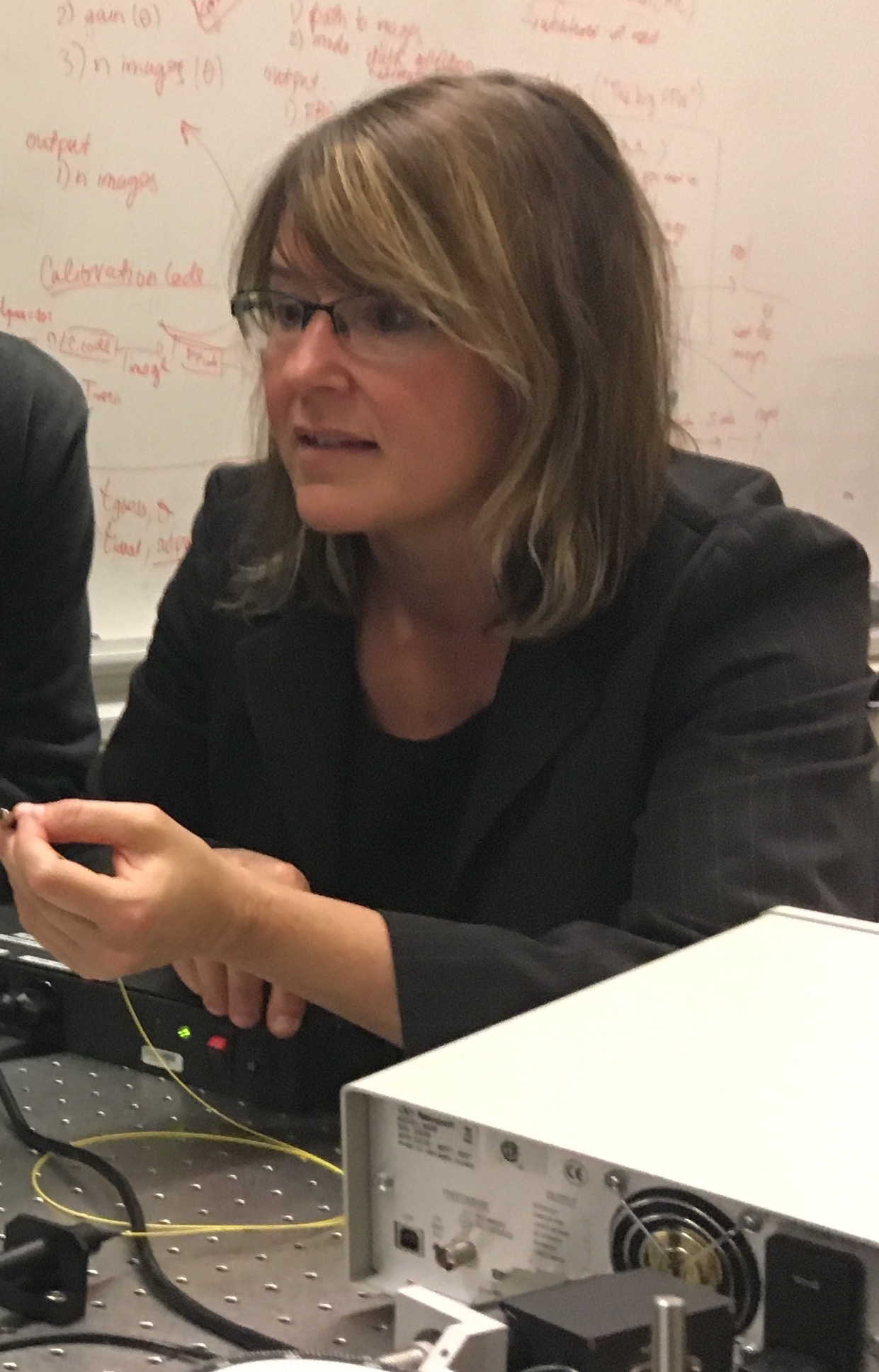Kim Venn

Position
Contact
Area of expertise
Discovery and analysis of the oldest metal-poor stars to study the fossil record of the Galaxy and Local Group, as well as the origin of the elements.
Astronomy Research
My main research interests are on the formation and evolution of dwarf galaxies, globular clusters, and stellar systems, as well as the origin of the elements. I primarily use stellar spectroscopy for this work, specializing in the discovery and analysis of the most metal-poor stars in our Galaxy and its satellites. This research is primarily funded through the NSERC Discovery Grant program, and also through our NSERC CREATE program on New Technologies for Canadian Observatories.
Observational Studies:
My group is currently working on spectra of metal-poor stars in nearby dwarf galaxies taken with the newly commissioned Gemini Observatory GHOST spectrograph. We are excited to use this new and uniquely designed high resolution spectrograph as part of our 200-hour Gemini Large and Long Program. We are also involved in the Pristine survey, which is a Canada-France-Hawaii Telescope MegaCam imaging program using a new narrow-band filter to discover and map metal-poor stars throughout the Galaxy and Local Group satellites. Metal-poor stars are particularly fascinating in that they provide a fossil record of the earliest stages in the formation of their host galaxies, as well as providing unique constraints on the nucleosynthesis and origins of the chemical elements. The Pristine survey is providing metal-poor target to the European WEAVE high-resolution spectroscopic survey, and we are now preparing for the first light from that survey in late-2022.
Machine Learning:
My group has been exploring new machine learning tools (StarNet) for the fast and efficient analysis of stellar spectra given the increased rates expected from new industrial-scale stellar spectral surveys (such as the European WEAVE survey). Using various synthetic spectral grids with a range of data augmentations, we are exploring the precision and accuracy in stellar parameters using a variety of neural network architectures. We also explore the uncertainties not only in the data sets and imposed by the synthetic gaps, but also in the machine learning calculations themselves, e.g., through deep ensembling. This is a growing field of research with many interesting applications stellar spectroscopy and astronomy more generally.
Sample Projects available for Students (Oct 2022):
- Properties of stars in the distant outskirts of dwarf galaxies.
- Chemo-dynamical properties of old, metal-poor stars in the Galactic bulge and disk.
- GHOST spectrograph commissioning and science verification.
- Heavy elements in globular clusters (with high frequencies of X-ray sources).
